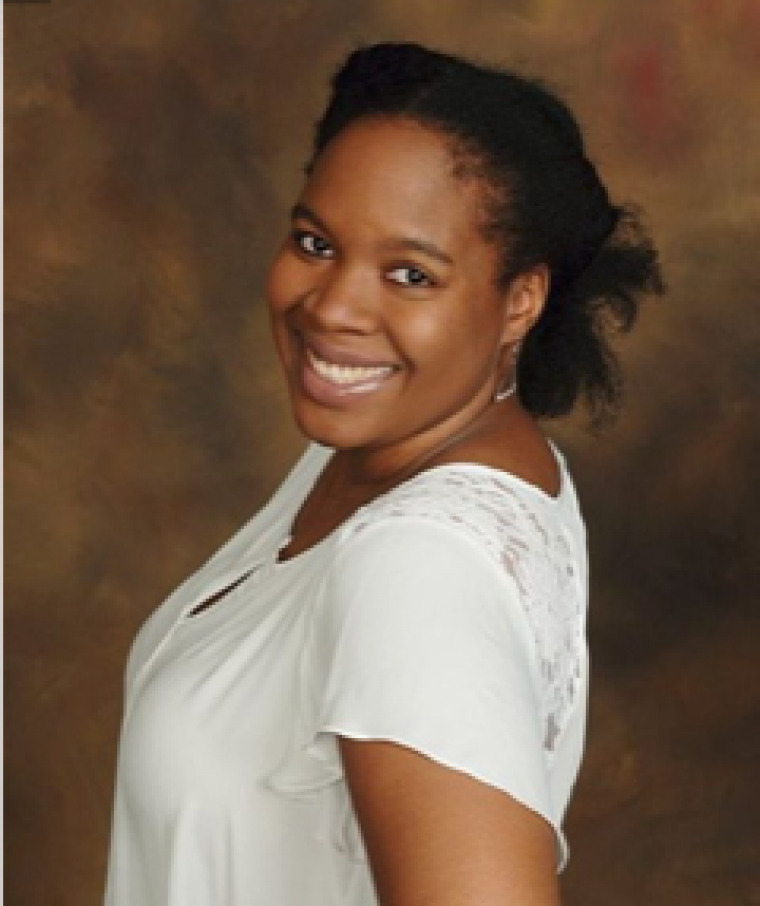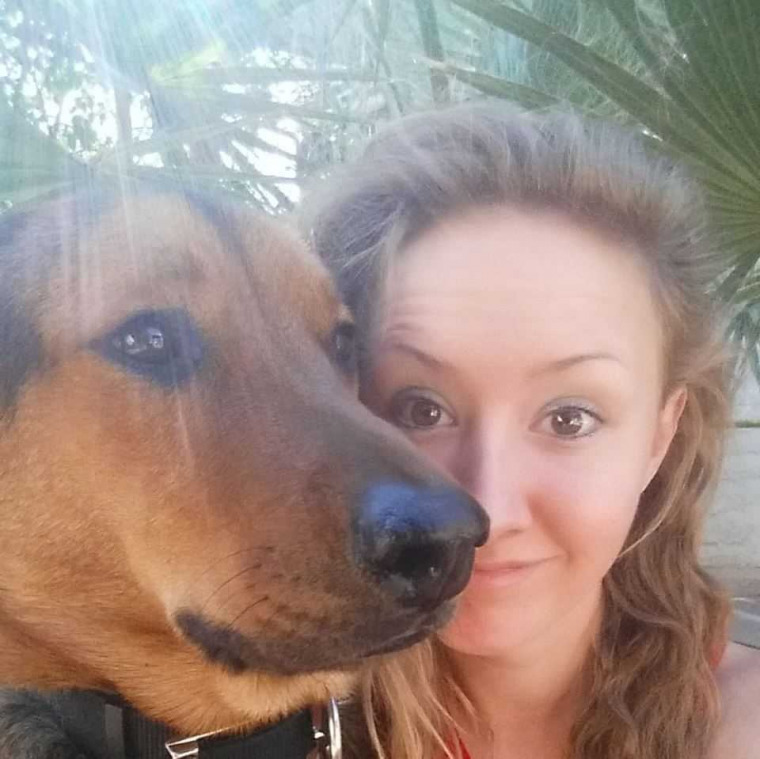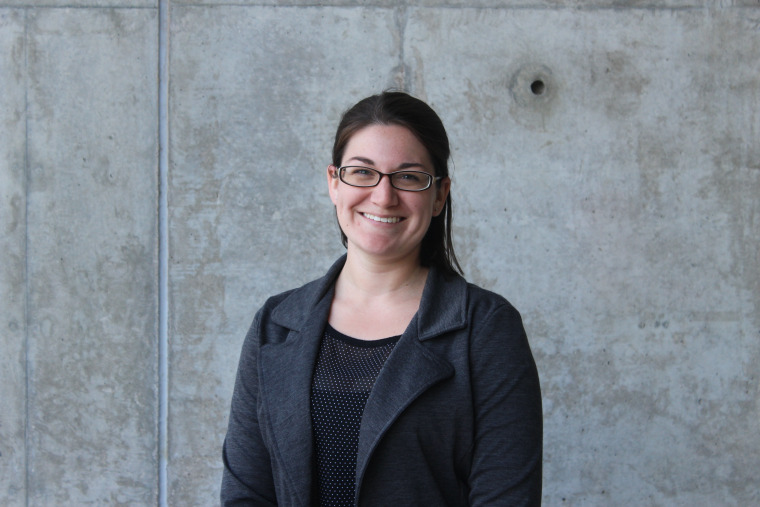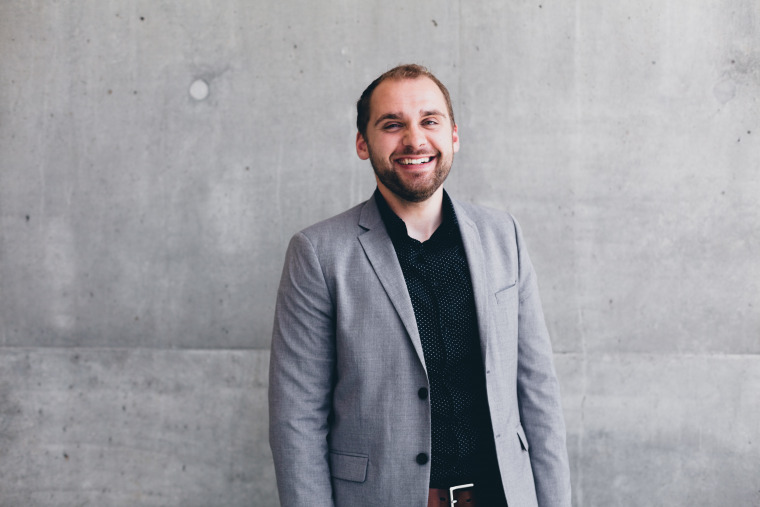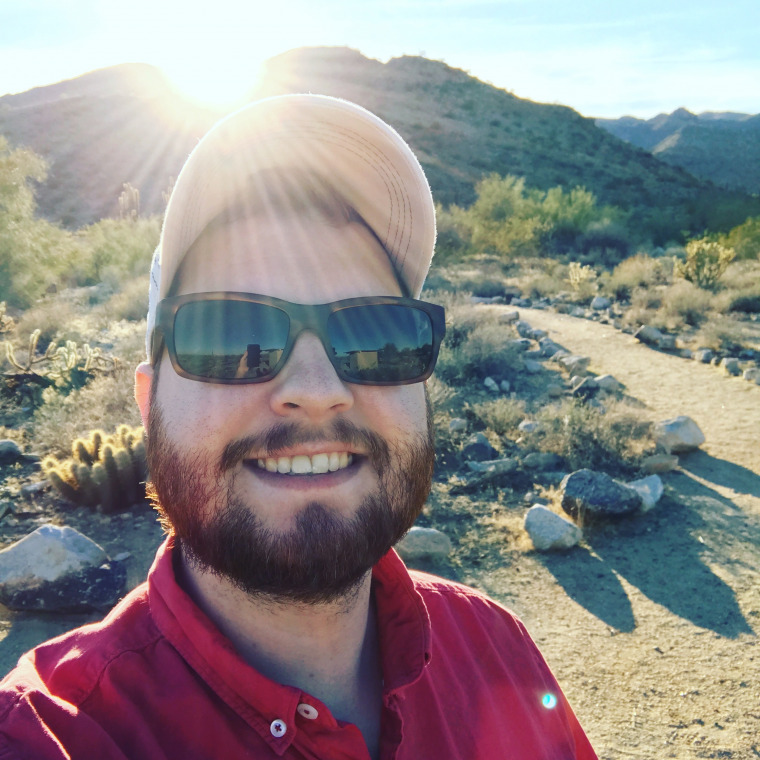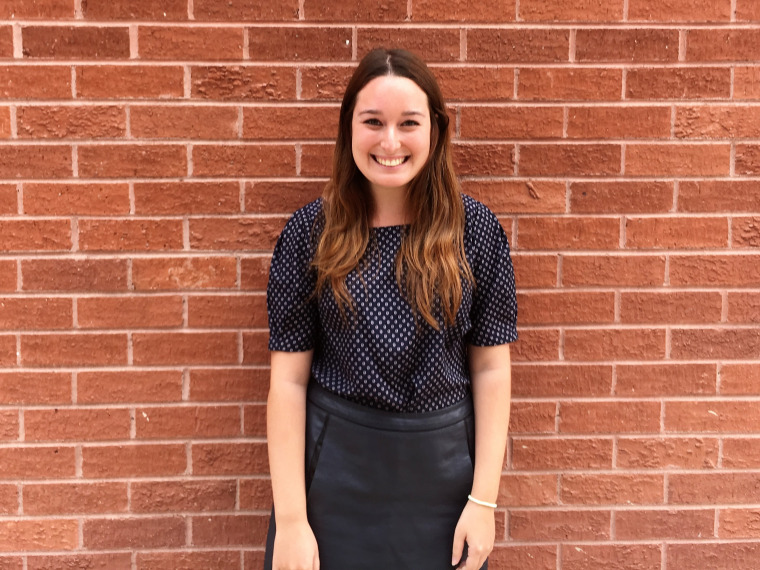Tasha Adams
I am a 5th year PhD student in the College of Optical Science. I have a huge interest in helping young girls see themselves in fields that they are not currently represented in. The best way to do that is through exposure to STEM. This will help them realize STEM is not as scary as it seems. An easy way of introducing them to STEM is through the phone. My project is to design an app where they get to program the whole Mars 2020 mission. Through this app they will be exposed to not only computer science, which is a field that needs more people like them, but the instruments on the rover as well. The app will teach them what the instruments do and the science behind how they work. If time permits, it will also show them what it takes to make the instruments and the rover work.


